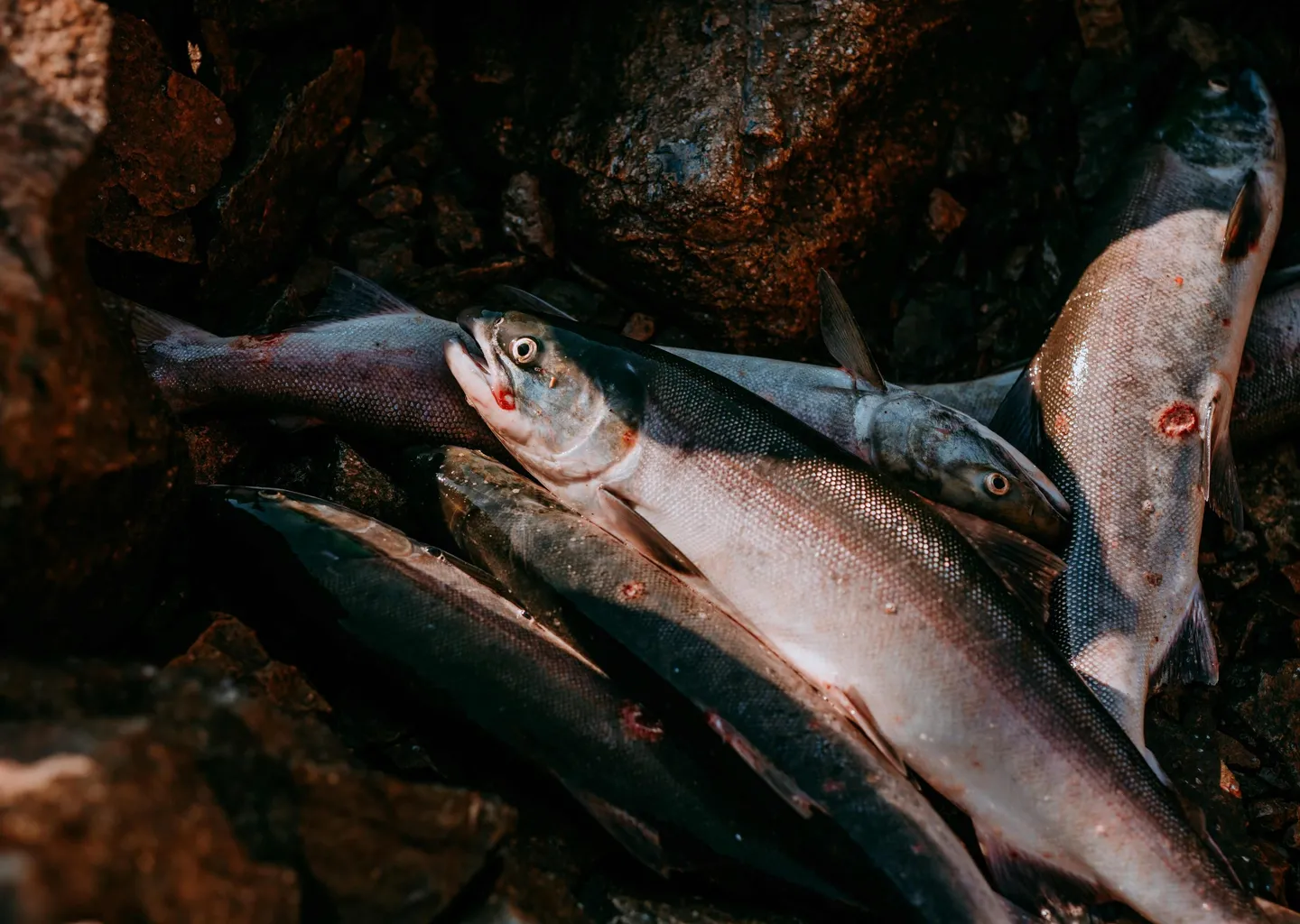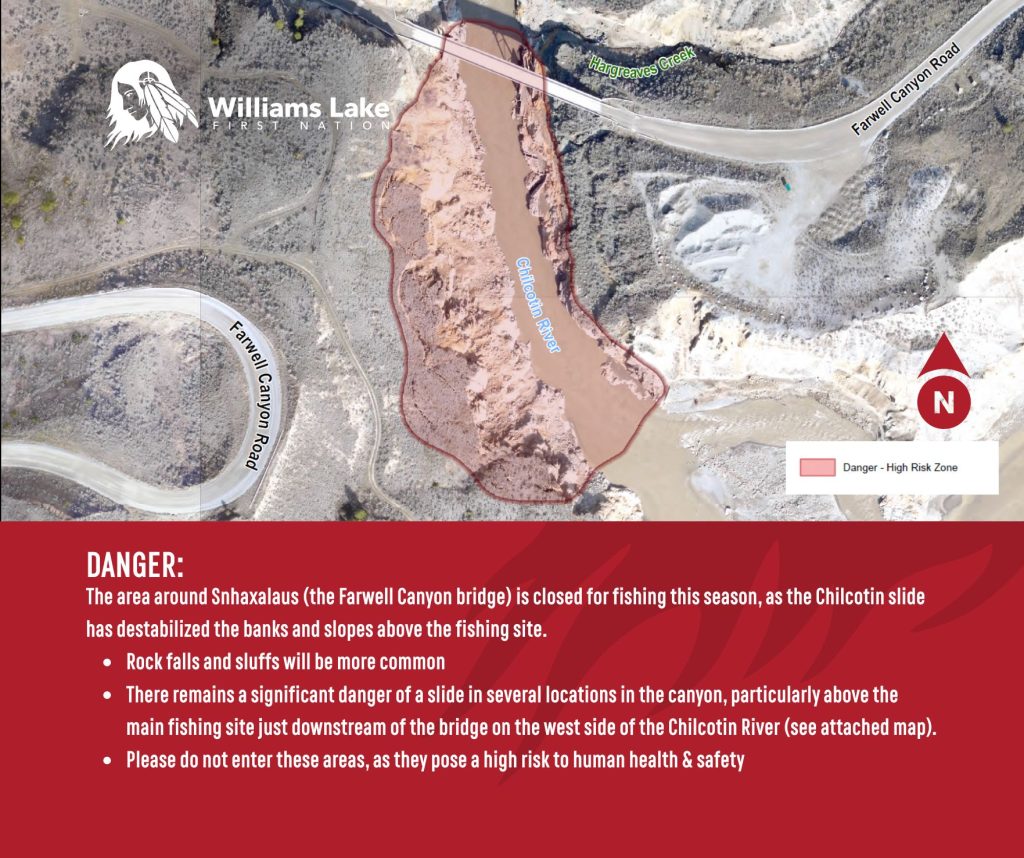WLFN Fisheries Report: June 27, 2025

Williams Lake First Nation (WLFN) is preparing for the 2025 sqlélten (salmon) season and will release our official Fishing Plan and schedule once key environmental and safety considerations are confirmed. Until the WLFN Fishing Plan is posted, early window closures remain in place to protect vulnerable early-timed runs of Ntytyix (Chinook/Springs) and Sqlelten7úw’i (Sockeye) — specifically, the Early Stuart and Nadina stocks. Out of respect for these important stocks and to ensure long-term sustainability, the following voluntary protection measures are strongly requested of WLFN Members:
– Please refrain from fishing until the official WLFN 2025 Fishing Plan and schedule has been distributed.
– Once posted, harvest only during the approved windows for the specific salmon species.
Your cooperation is essential in helping to preserve our Nation’s sqlélten (salmon) resources, uphold our legal rights, and demonstrate our shared commitment to stewardship and sustainability. WLFN is committed to protecting sqlélten (salmon) and exercising our rights responsibly. We strongly encourage Members to respect these closures and join us in taking care of the salmon for the benefit of our community today and for future generations. Even though Indigenous people have a constitutionally protected right to fish for food, social, and ceremonial purposes, that right can be regulated for valid reasons like conservation. Until a formal licence is issued, DFO may still treat individual fishing as unauthorized, and fishers may face charges.
Also please note that the area around Snhaxalaus (the Farwell Canyon bridge) is closed for fishing this season, as the Chilcotin slide has destabilized the banks and slopes above the fishing site. Rock falls and sluffs will be more common. There remains a significant danger of a slide in several locations in the canyon, particularly above the main fishing site just downstream of the bridge on the west side of the Chilcotin River (see attached map). Please do not enter these areas, as they pose a high risk to human health & safety
